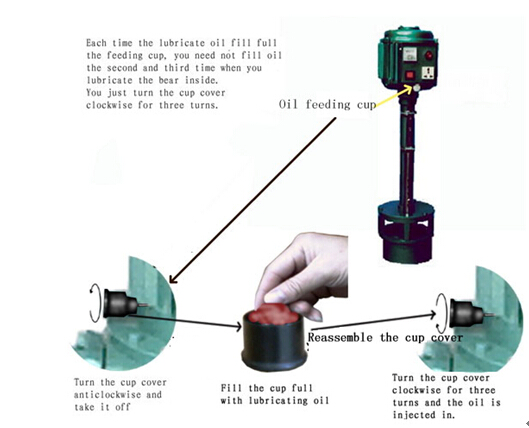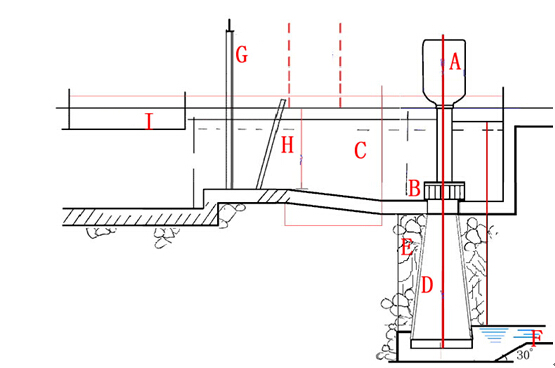Microhydropower can be one of the most simple and consistent forms or renewable energy on your property.
If you have water flowing through your property, you might consider building a small hydropower system to generate electricity. Microhydropower systems usually generate up to 100 kilowatts of electricity. Most of the hydropower systems used by homeowners and small business owners, including farmers and ranchers, would qualify as microhydropower systems. But a 10-kilowatt microhydropower system generally can provide enough power for a large home, a small resort, or a hobby farm.
A microhydropower system needs a turbine, pump, or waterwheel to transform the energy of flowing water into rotational energy, which is converted into electricity.
LH is designed for use in a wide range of locations. The most critical factor is sufficient water flow. Water flow is the amount of water that passes through the turbine at any instant, measured in liters per second(l/sec). The second important factor is head. The following table shows the minimum flow rate and head to achieve the quoted power output for each model:
Model | Water HEAD (meter) | WATER FLOW (m3/s) | POWER (W) | Weight/Kg |
LH-300W | 1.8 | 0.04 | 300 | 31 |
LH-500W | 2 | 0.045 | 500 | 31 |
LH-700W | 2.2 | 0.05 | 700 | 36 |
LH-1KW | 2.5 | 0.05 | 1000 | 43 |
It is important to keep in mind that output can only be accurately determined if head and flow measurements are made correctly, so care should be taken during this process. Two other important factors in a site assessment are system voltage, and transmission distance. The voltage and distance the power must travel can affect the efficiency and cost of your transmission lines.


Contact: James Ye
Tel: 86-13867770817
Whatsapp: 86-13867770817
Email: zonhan@zonhan.com
Add: HEADQUARTERS ECONOMIC PARK, YUEQING,ZHEJIANG,CHINA